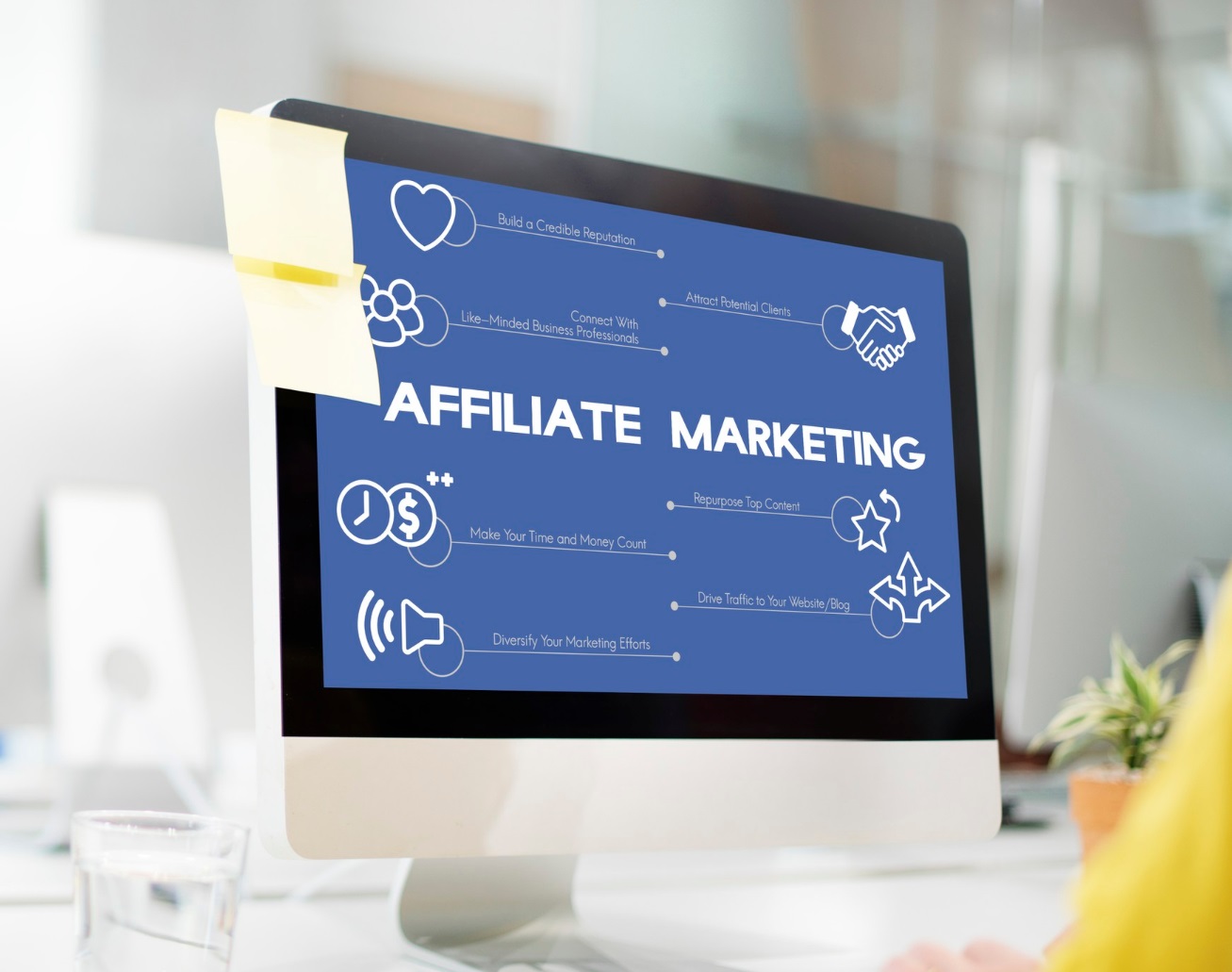As businesses strive to connect with their audience and build lasting relationships, email marketing has emerged as a powerful tool. It allows businesses to reach their customers directly, delivering targeted messages and promotions right to their inboxes. However, one common question that arises in email marketing is: What is the best frequency for sending marketing emails?
Finding the optimal email frequency requires striking a delicate balance. On one hand, sending too many emails can overwhelm subscribers and lead to higher unsubscribe rates. On the other hand, sending too few emails may result in reduced engagement and missed opportunities to connect with your audience. So, let’s delve into the factors that can help determine the best frequency for your marketing emails.
Understand Your Audience
The first step in determining email frequency is understanding your target audience. Take the time to analyze their preferences, behaviors, and engagement patterns. Are they more receptive to frequent communication, or do they prefer less frequent updates? By segmenting your audience and tailoring your email frequency to their preferences, you can increase the chances of your emails being well-received.
Set Clear Expectation
When subscribers sign up for your email list, it’s important to set clear expectations regarding email frequency. Communicate upfront how often they can expect to receive emails from you. This transparency builds trust and ensures that subscribers are not caught off guard by the frequency of your emails.
Test and Measure
The best way to determine the optimal email frequency is through testing and measurement. Conduct A/B tests with different email frequencies to evaluate their impact on open rates, click-through rates, conversions, and unsubscribe rates. Keep in mind that the optimal frequency may vary based on factors such as industry, target audience, and the type of content you’re sharing. Continuously monitor and analyze the results to refine your email frequency strategy.

What is Optimal Email Marketing Frequency
Consider Your Content Strategy
Another factor to consider is your content strategy. The frequency of your emails should align with the value you provide to your subscribers. If you have valuable and relevant content to share regularly, a higher frequency may be appropriate. However, if your content is more periodic or event-driven, a lower frequency might be more suitable. Always prioritize quality over quantity and ensure that your emails deliver value to your subscribers.
Segment Your Email List
Segmenting your email list based on factors such as demographics, behavior, or purchase history allows you to tailor your email frequency to different segments. Subscribers who have shown higher engagement and interest may appreciate a higher email frequency, while others might prefer a more restrained approach. By segmenting your list and customizing your email frequency, you can optimize engagement and deliver a personalized experience to your subscribers.
Monitor Engagement Metrics
Regularly monitor key engagement metrics to gauge the impact of your email frequency. Track metrics such as open rates, click-through rates, and conversion rates to understand how your subscribers are responding to your emails. If you notice a decline in engagement or a surge in unsubscribes, it may be an indication that you need to adjust your email frequency.
Allow Subscribers to Manage Preferences
Empower your subscribers by giving them the option to manage their email preferences. Provide a clear and easy-to-use preference center where they can choose their preferred frequency or opt for specific types of content. This way, subscribers have control over the frequency of emails they receive, reducing the risk of unsubscribes and enhancing their overall experience.
In conclusion, determining the best frequency for sending marketing emails requires a thoughtful and data-driven approach. It’s crucial to understand your audience, set clear expectations, and continuously test and measure the impact of different frequencies.



